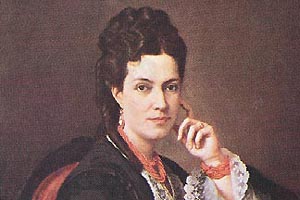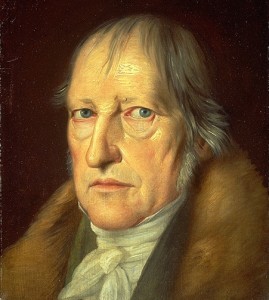Juan Williams Rebolledo was born in Curacavi, in 1825. He was familiar with the naval career from a young age because his father, Juan Williams, was an English seaman that had served the Chilean Navy under order of lord Cochrane.
For this reason, in 1844 he entered the midshipmen school, going on different explorations to the south of the country during his instruction. Two years later, he had already sailed around Magallanes and the Nahuelhuapi and Llanquihue lakes.
Now with the rank of first lieutenant, in May of 1851 he had to head to the north of the country on frigate Chile to placate the revolutionaries opposing the arrival of Manuel Montt to the presidency. His pacifying duties did not end there, because the following year, aboard the barge Infatigable, he headed towards Magallanes, where an insurrection had altered peace in the zone.
Between 1855 and 1863, Williams developed a series of expeditions around the territory and was even commissioned to travel to England and bring back the Chilean Navy’s latest acquisition: corvette Esmeralda. After his arrival to the country he participated in the naval actions of the war against Spain.
After the victory of the national fleet, Williams Rebolledo was named commander in chief of the Squadron. He took charge of fortifying the country’s coast, mainly in the zone of Abtao, Chiloe. In 1877 he was promoted to the rank of rear admiral, carefully observing the imminent confrontation with Argentina, which never took place.
However, in 1879, events did culminate in a serious conflict: the Pacific war. Williams Rebolledo was in charge of the first actions of the National Squadron, leading the taking of Tocopilla and Cobija on March 27th, 1879.
After facing virtually no resistance, he implemented a plan that would later bring unthought-of consequences: he proposed the need of facing the Peruvian squadron in Iquique, after the blockade of this important port.
For this reason, he headed towards that port commanding five Chilean ships and bombed it, waiting for an enemy response. When said response never came, the commander’s plans changed, and he decided to advance towards Callao, leaving the Esmeralda and the Covadonga in charge of the blockade.
His strategy ultimately had disastrous results because in Iquique the Esmeralda would succumb to monitor Huascar and the confrontation Willaims sought never came to be.
It was then that he decided to resign as commander in chief of the Squadron.
After his abrupt exit form the position, he continued performing duties for the institution and even entered political life, becoming intendant of Valparaiso and a deputy.
In 1891 he took on the balmacedista cause, which separated him from the naval institution. He passed away in Santiago on June24th, 1910.








